In the world of Web3, user experience (UX) has always been key to driving mass adoption. The WalletConnect network, through its native token WCT, is dedicated to addressing this pain point. As the core driving force of the WalletConnect ecosystem, WCT is not only a digital asset but also an important bridge connecting wallets, applications, and users. WCT plays a crucial role in helping the network achieve decentralized governance, incentivizing participants, and ensuring system resilience and sustainability.
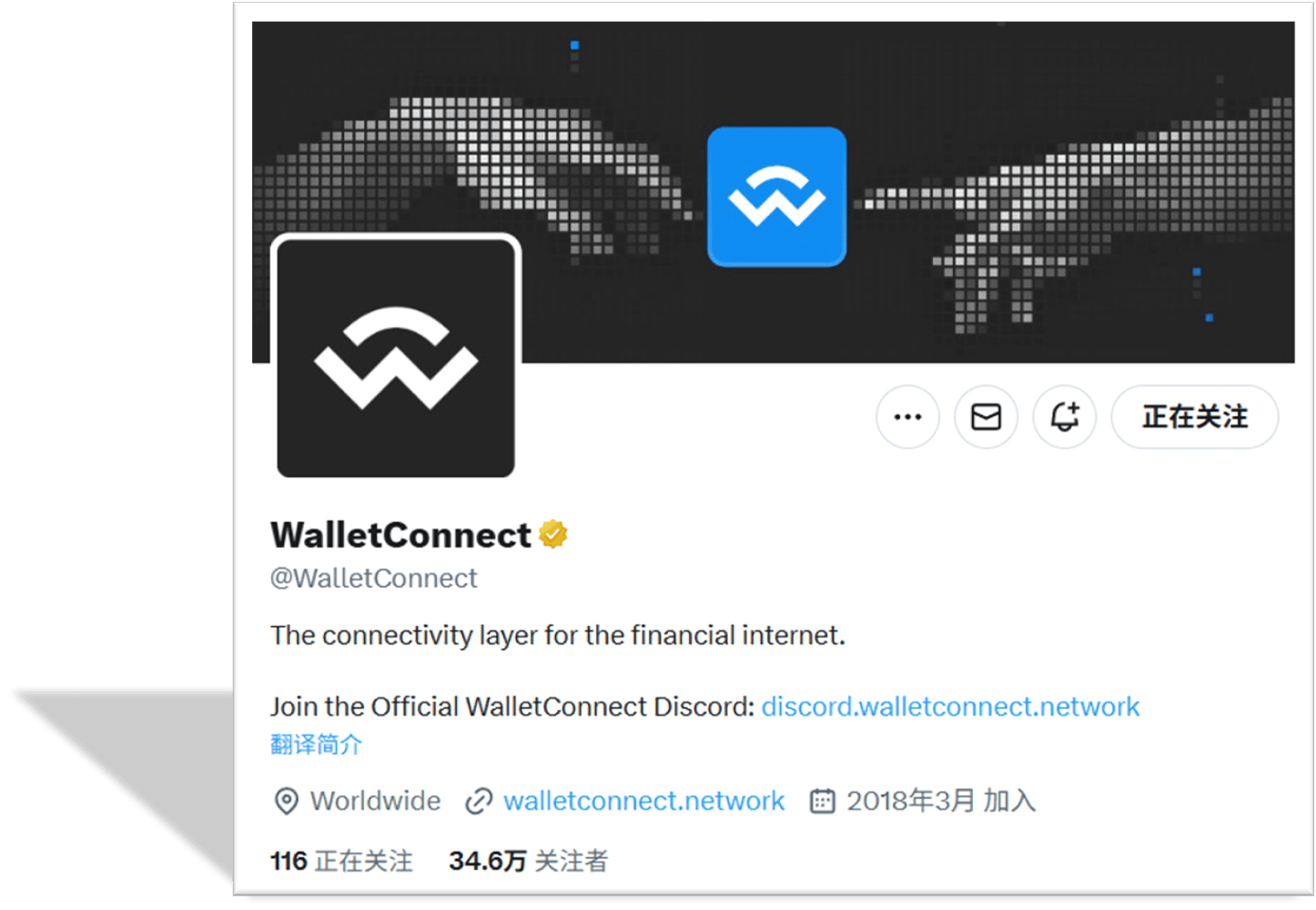
Design philosophy of WCT tokens
The birth of WCT tokens stems from the vision of #WalletConnect network: to create a chain-agnostic, decentralized user experience platform. Since its establishment, WalletConnect has served millions of users, supported billions of connections, and collaborated with hundreds of wallets and thousands of applications. To achieve permissionless decentralization, a token is needed to coordinate the incentive mechanisms of all parties. The total supply of the WCT token is 1 billion, and its design focuses more on practicality rather than mere speculative behavior.@WalletConnect
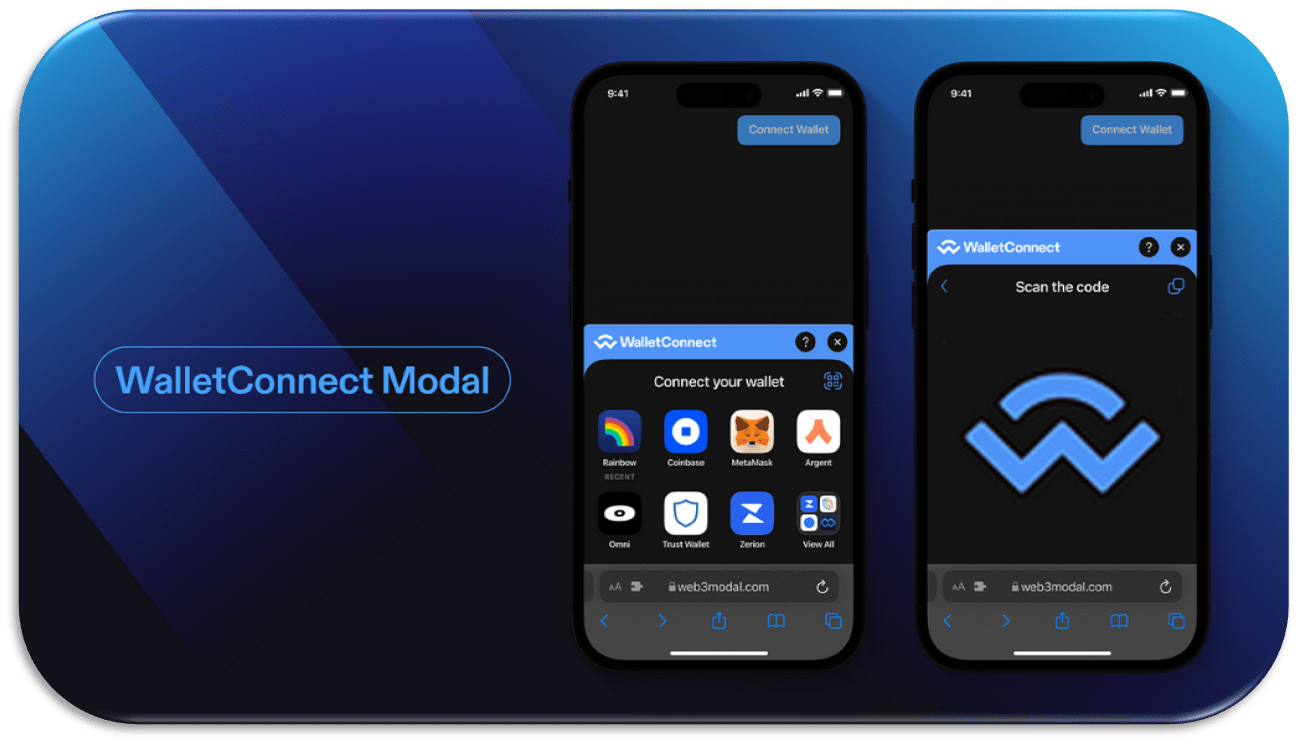
Four core functions of WCT tokens
The WCT token plays four important roles in the network: fees, rewards, staking, and governance. These functions are closely interconnected, ensuring that various participants in the network—whether node operators or end-users—benefit from them.
Fees: In the early stages of the WalletConnect network, no fees will be charged, allowing applications and SDKs to use relay services for free, thus promoting early adoption and growth. However, as the ecosystem matures, token holders can vote on governance to decide whether to introduce a fee structure, such as charging small fees for relay usage or database access. These revenues will be used to reward nodes and wallets to maintain the normal operation of the network.
Rewards: The reward mechanism for WCT tokens is very attractive. 17.5% of the total supply is specifically allocated for the reward pool, aimed at incentivizing active contributions from all parties. Rewards are primarily directed towards key roles such as node operators, wallets, and SDKs. Node operators earn rewards by staking WCT and maintaining efficient operations (e.g., ensuring uptime and low latency). If a node performs poorly, it may face a reduction in rewards.
Staking: The staking mechanism of WCT tokens is one of its core pillars. By staking tokens, participants can earn passive income and engage in network governance. The longer the staking period, the higher the rewards and weight earned. The staking mechanism sets a minimum staking amount and specifies the staking period. To prevent centralization, there is a cap on staking weight. There are also strict regulations on unstaking, and participants must wait for a 7-day unlocking period.
Governance: WCT tokens empower holders with network governance. Through voting, the community can decide on the future direction of the network, including adjusting fees, reward weights, and introducing new features. This decentralized governance mechanism ensures the spirit of Web3—avoiding domination by a single entity.
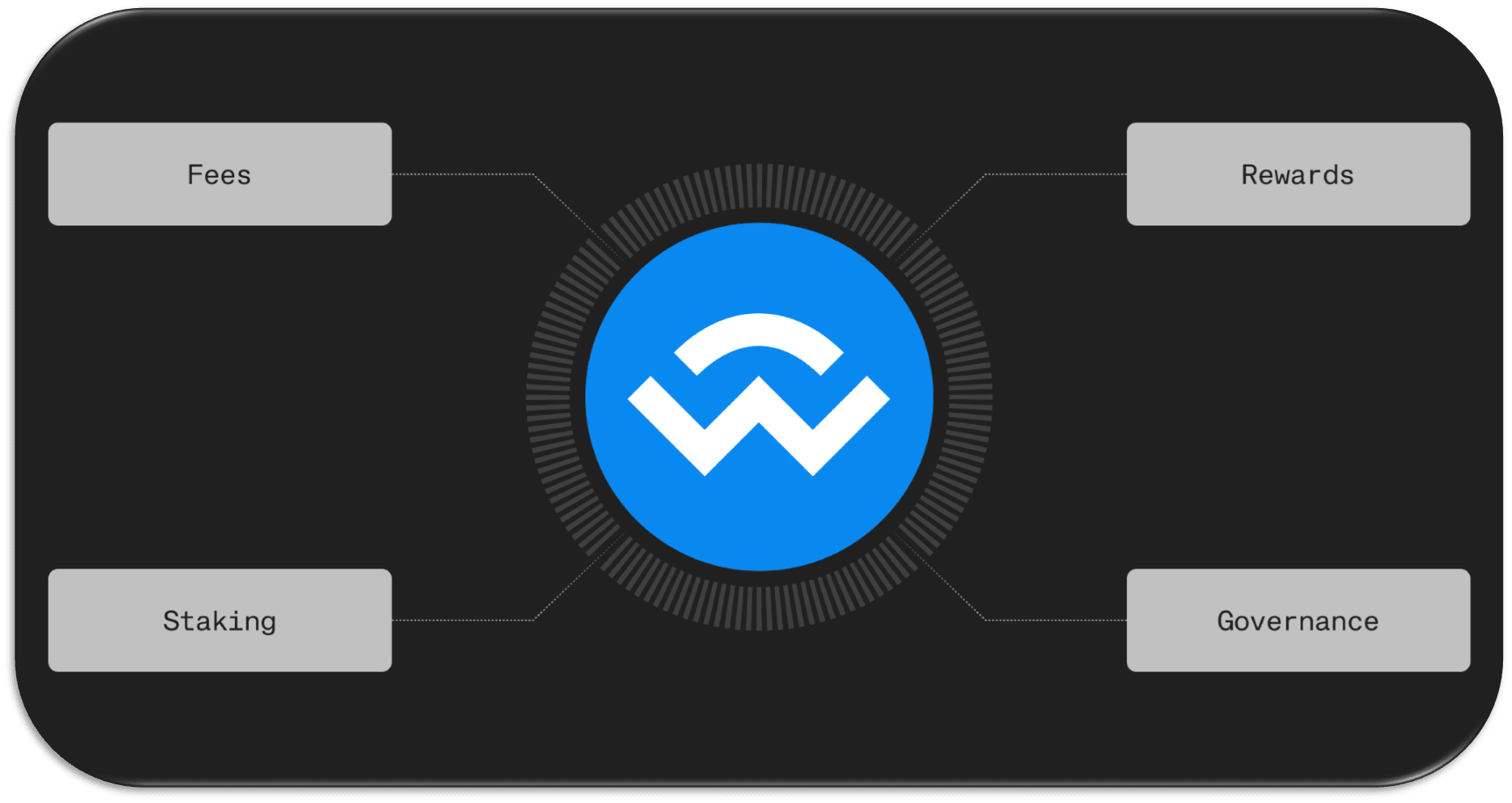
Initial liquidity restrictions of the tokens
It is worth noting that the $WCT token is non-transferable in the early stages. All holders cannot transfer tokens freely. This design aims to ensure that tokens remain within the ecosystem, focusing on core functions such as staking and governance rather than short-term speculation. Additionally, the non-transferable period will allow for comprehensive testing of network mechanisms, avoiding premature liquidity fluctuations that could affect network stability.
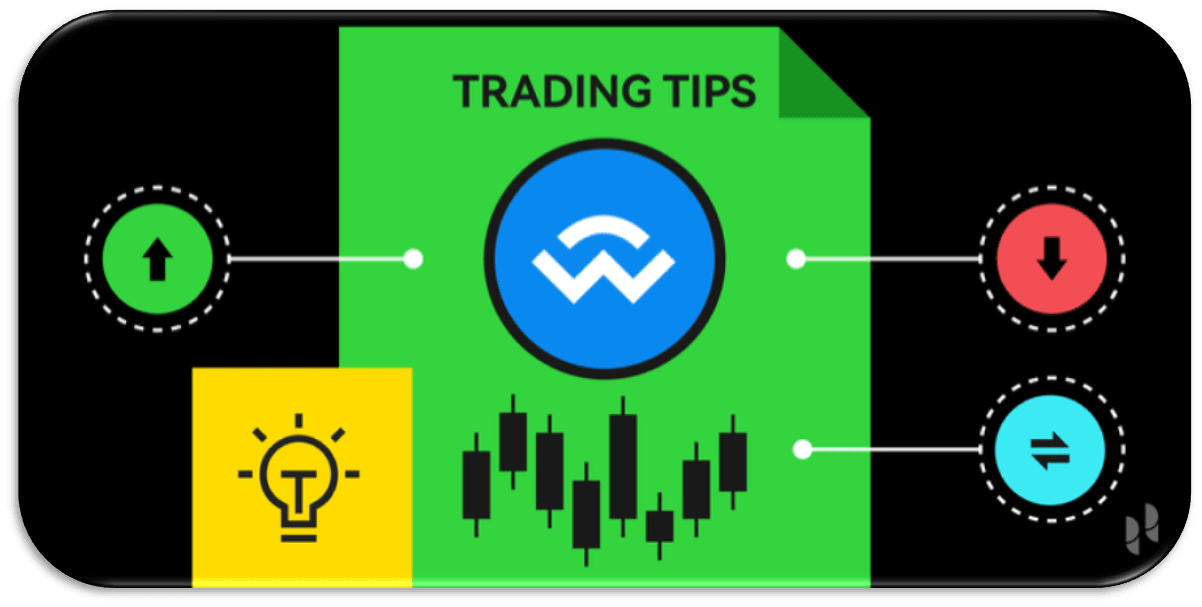
Distribution structure of WCT tokens
The distribution structure of WCT tokens is designed to be quite balanced. The core development team holds 7% for protocol upgrades; the team and early supporters hold 18.5% and 11.5% respectively to reward their contributions; the foundation holds 27% of the tokens, aimed at supporting partnerships, grants, and daily operations. Through this distribution structure, the resources of the tokens are tilted towards the long-term development of the ecosystem rather than the interests of a few.
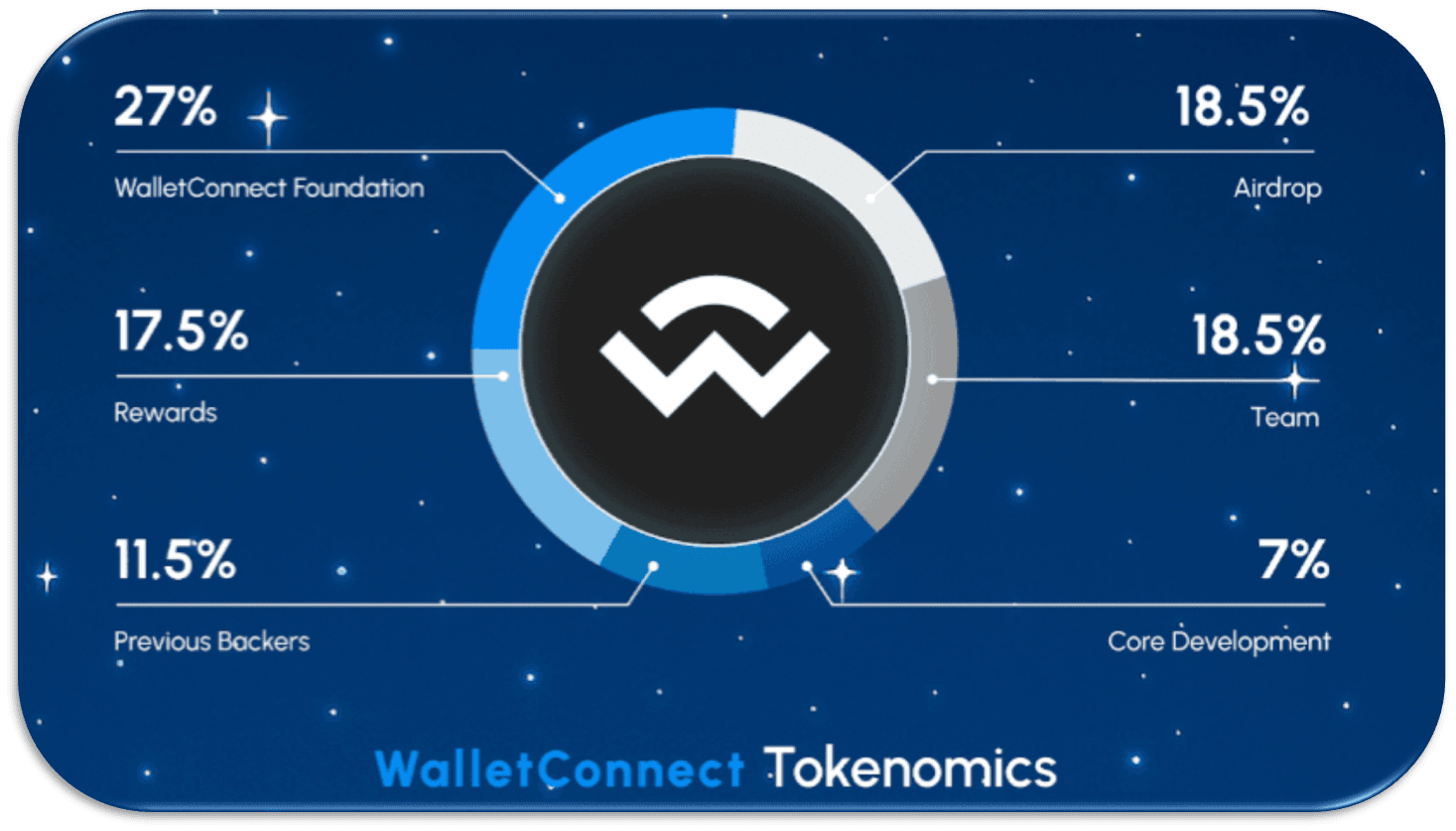
Value circulation of WCT tokens
The design of WCT tokens reflects their value circulation. When users connect wallets with applications, relay services are activated, potentially generating fees (to be introduced in the future). These fees flow back into the reward pool, incentivizing nodes to maintain the network. End-users do not need to pay fees for using the services, lowering the barriers to Web3 and promoting mass adoption. Meanwhile, WCT holders can participate in network optimization through governance, driving continuous progress in the industry.
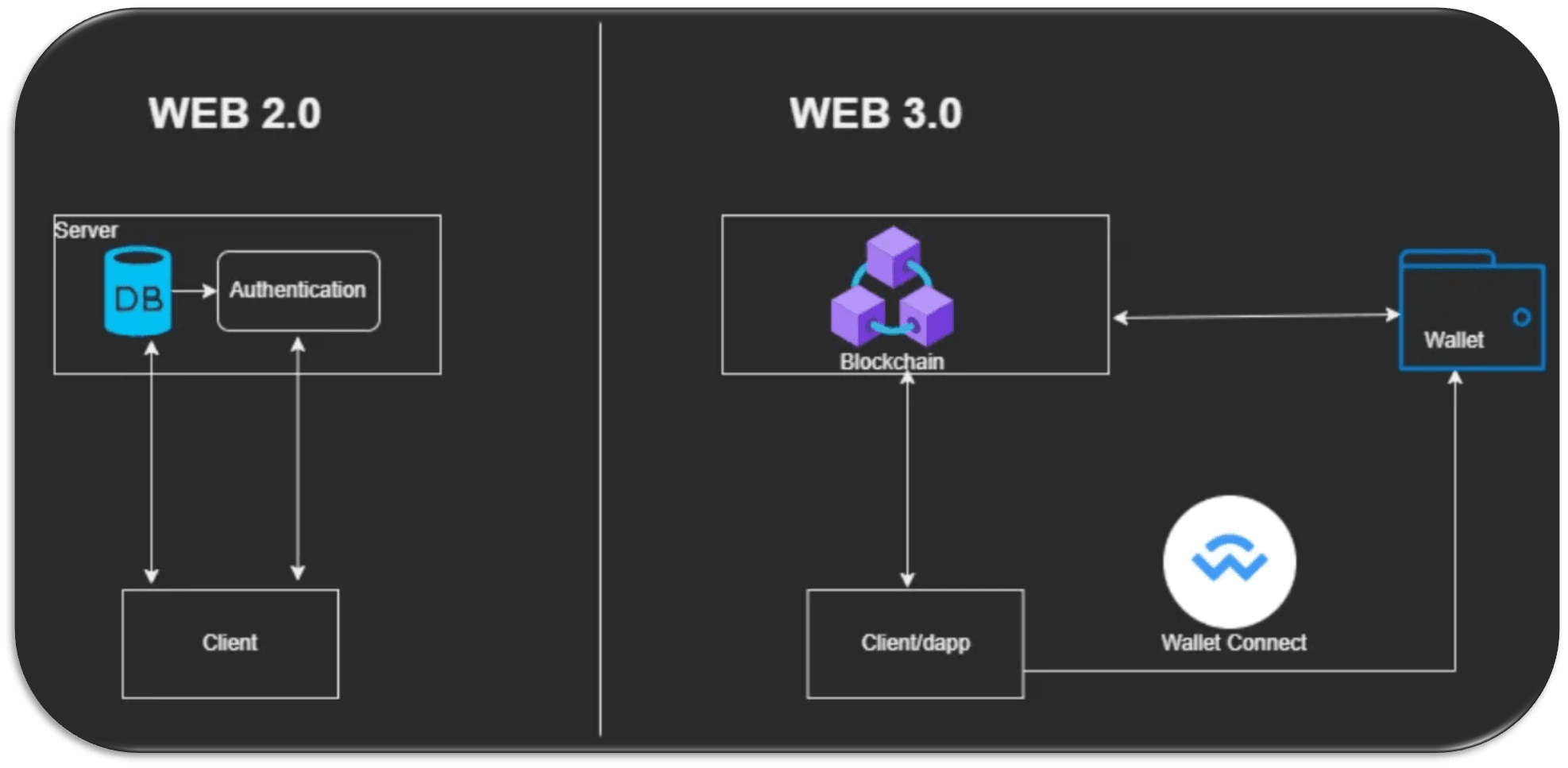
Continuous optimization and future potential
Despite facing challenges in balancing rewards with sustainability and maintaining performance during the decentralization process, the WalletConnect network has grown from a simple protocol in 2018 to an infrastructure supporting hundreds of millions of connections today. The WCT token will further drive the development of Web3, helping to address current pain points, including mobile compatibility and multi-chain interoperability.
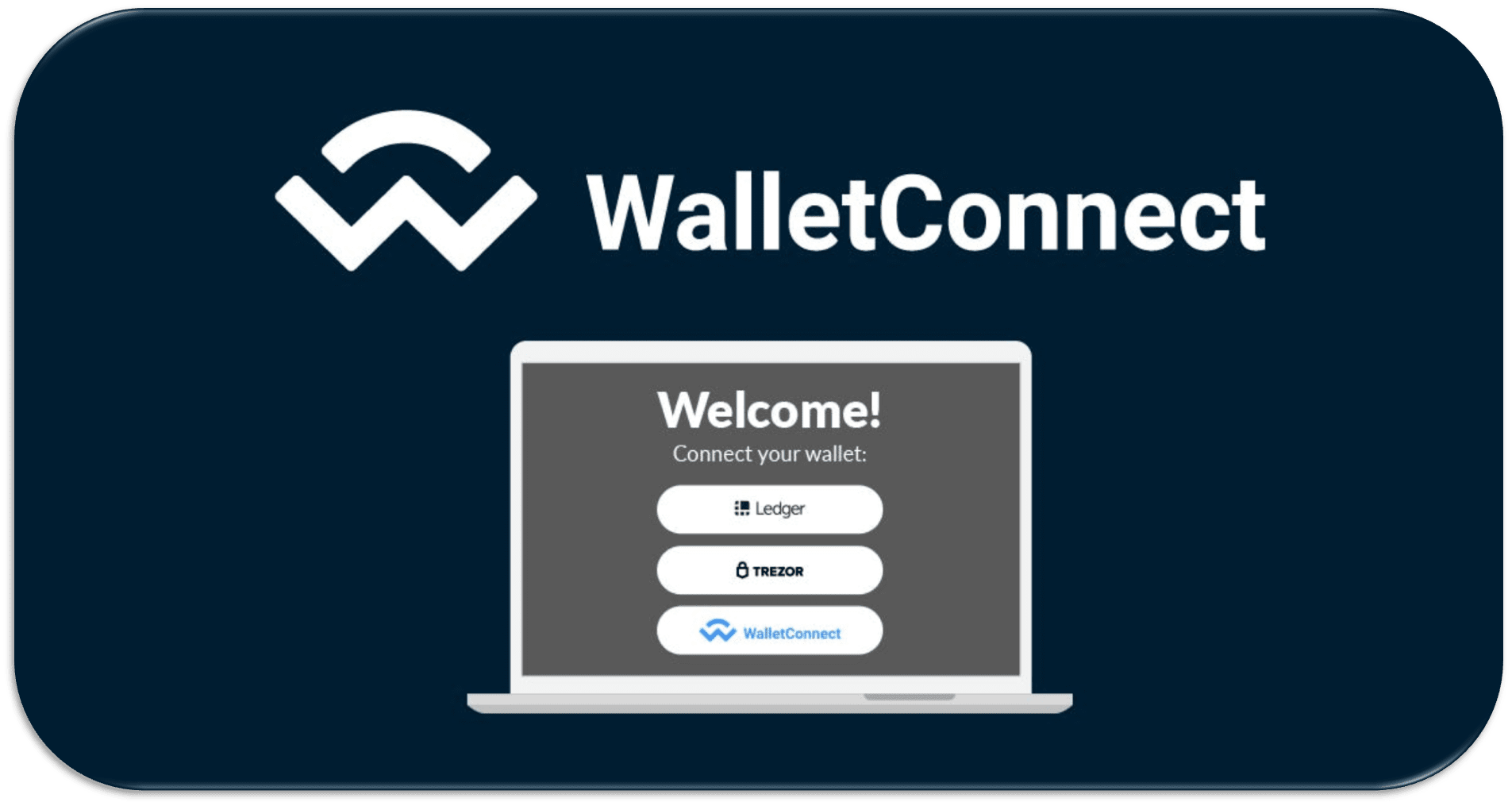
WCT tokens are not just a speculative tool; they are the core driving force of the Web3 user experience. Through incentive, governance, and staking mechanisms, WCT builds an open, resilient ecosystem that drives Web3 from the margins to the mainstream. If you care about the future of digital ownership and decentralization, the WCT token is undoubtedly worth paying attention to. It is not just a token; it is the key to a better user experience.


